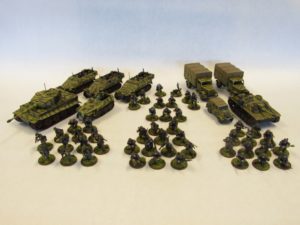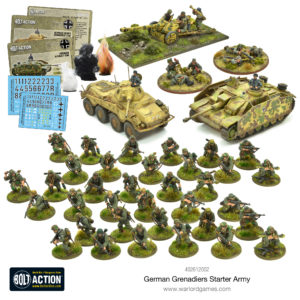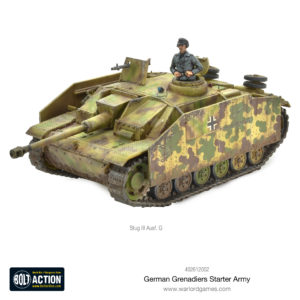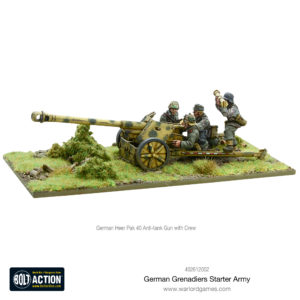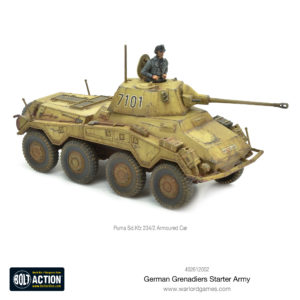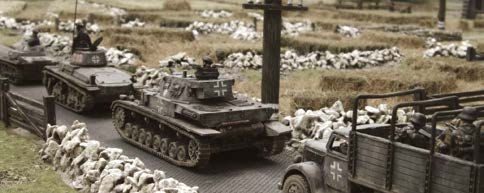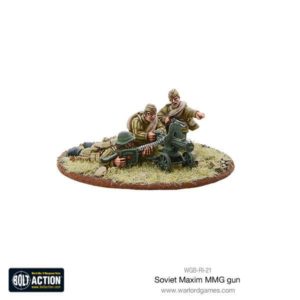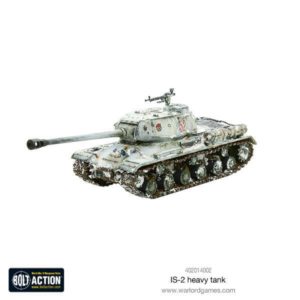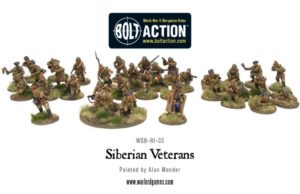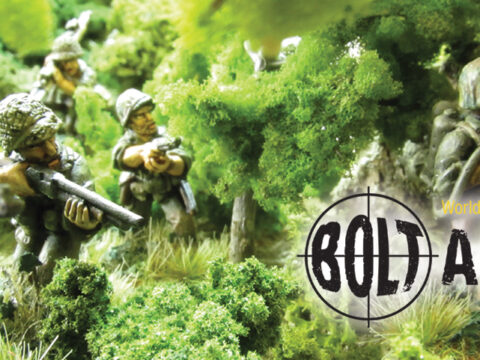Kreighton, who’s late war German army we featured last week, has produced this fantastic article on the battle of Targul Frumos!
While the German Wehrmacht was being driven back west by the Soviet Army, the Grossdeutschland made a memorable stand in and around the village of Targul Frumos, in northeast Romania. This was an engagement where the experience and skill of Grossdeutschland commanders and soldiers were able to blunt and drive back a Soviet attack seeking to deprive the German military of the Romanian oil fields.
The Battle of Targul Frumos began on 2 May 1944 with a Soviet artillery bombardment followed by waves of T-34s and infantry across a broad front. The veteran soldiers of the GD allowed the tanks to drive over their defensive positions and engaged the lagging infantry. The tanks, now without infantry support, were systematically engaged and destroyed by concealed anti-tank guns and assault guns.
Defend the Fatherland
Around this time the Soviet IS-2s began engaging German tanks at a range of over a mile. Lieutenant General Von Manteuffel, the GD’s commander, delegated a company of Tiger tanks to engage the IS-2s knocking out four from a range of 2000 meters. At least three IS-2s escaped the Tigers but were pursued by a company of more nimble Panzer IV’s.
During the night of 2/3 May, the German defenders repositioned their Panthers and Tigers closer to the front and relocated anti-tank guns to surprise the Soviet attackers from new positions. With daylight came the Soviets. This time the Soviet tankers who penetrated the infantry screen were immediately met with the relocated tanks, assault guns, and anti-tank guns. Surprised by the new German tactics, the Soviet tanks were beaten back. The close of fighting on 3 May left dozens of burning fighting vehicles littered across the field and the Germans in relatively the same positions in which they began the day.
Za Rodinu!
The morning of 4 May brought a renewed attack with a change in tactics from the Soviets. Now the Soviets concentrated their artillery, tanks, and infantry on specific sectors hoping to punch through the German lines. Soviet and GD infantry fought over small villages and hills throughout the day with the fighting at close and deadly ranges. On 7 May, GD infantry and armoured vehicles drove the Soviets off Hill 256 resetting the lines to their 1 May status quo.
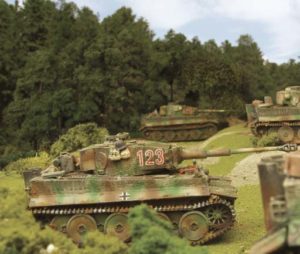 Between 2 and 4 May, over 200 Soviet tanks had been destroyed by the division’s serviceable tanks in the Panzer Regiment. Targul Frumos went on to serve as a case study on the effectiveness of combined arms in defence against superior numbers as late as the 1980s among NATO commanders.
Between 2 and 4 May, over 200 Soviet tanks had been destroyed by the division’s serviceable tanks in the Panzer Regiment. Targul Frumos went on to serve as a case study on the effectiveness of combined arms in defence against superior numbers as late as the 1980s among NATO commanders.
The effective use of combined arms, tactical flexibility and trust among local commanders, as well as the infantry’s skill and grit, proved to be an effective counter to the massed formations of the Soviet Union even almost a year after Operation Citadel, the Third Reich’s last great offensive, and debated high watermark, on the eastern front.

